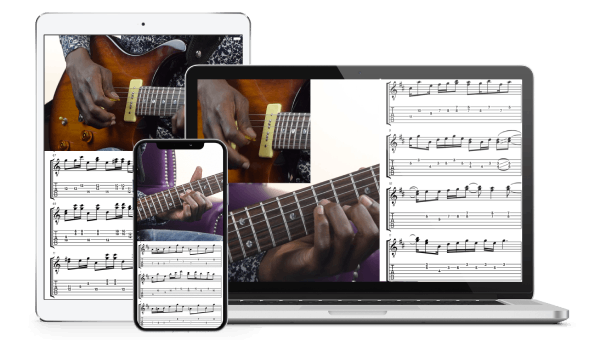Learn Congolese Guitar with Niwel Tsumbu
Experience the magic of sebene. Over four days, dive deep into the rhythms and melodies that revolutionized African pop music. Unlock the secrets of Congolese guitar – hypnotic, melodic, and powerfully rhythmic – with daily video lessons sent straight to your inbox.
Your Curriculum
Day 1: The Birth of Sebene
Day 2: Building the Groove
Day 3: Ensemble Harmony
Day 4: Rhythm in Motion
Why Learn Congolese Guitar?
In the 1950s and ’60s, Congolese musicians blended Cuban rhythms, jazz, French variété, and tribal melodies to create Congolese rumba. Guitarists like Dr. Nico, Tino Baroza, and Franco Makiadi crafted a unique language of guitar playing – deeply rhythmic and endlessly melodic.
By the late ’60s, Zaiko Langa Langa elevated this style, introducing sebene – a high-energy, dance-driven approach centered on extended guitar solos. It turned guitarists like Roxy Tshimpaka and Beniko Popolipo into legends and inspired countless artists across Africa.
- Day 1: The Birth of Sebene – Discover the roots of Congolese rumba and learn your first sebene line from Zaiko Langa Langa.
- Day 2: Building the Groove – Break down a full guitar part step by step, practicing with Niwel at a slower tempo before speeding it up.
- Day 3: Ensemble Harmony – Understand how Congolese guitarists seamlessly fit together in tightly arranged groups of three or more players.
- Day 4: Rhythm in Motion – Play the rhythm guitar part that drives sebene’s hypnotic energy and supports the ensemble.

Mastering sebene will unlock not only Congolese pop styles but also many dance traditions throughout sub-Saharan Africa.
Add A New Dimension To Your Guitar Playing
Sign up now and receive four free lessons, each revealing a piece of the puzzle to help you master Congolese guitar.
